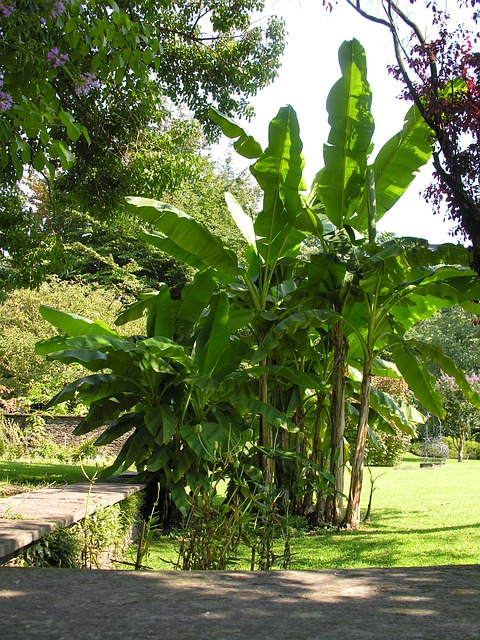Could you please speak more slowly
In my latest post on the ecological ceiling, I introduced the Crash Course Ecology as a way to educate students on ecology. One of the comments I received on that post was that the Crash Course is extremely high paced, which may be an issue with students who are new to the subject.
I suggested the Crash Course exactly because it is high paced, under the assumption that most topics has already been covered in another course, like biology. However, since I believe a good grip on the ecological ceiling is paramount for a 21st century economics course, I asked myself, what would a slower paced series of lessons look like?
If I was to choose I would teach students about the biogeochemical cycles, for example the nitrogen cycle. Like I said in my latest post on the ecological ceiling, when you understand the cycle, this makes it possible for you to understand how humans interfere with it. Humans interfere in biogeochemical cycles in several ways and for us to be able to discuss that, I believe we need a basic understanding of the cycles.
So, to illustrate this, I made a lesson about the nitrogen cycle. I used the best animation of the cycle I could find, with a voice over that explains the whole process. I made a description of the cycle, and added an assignment that invites students to tell a nitrogen atom’s story through the cycle. You can find this lesson on the lessons page that you can access through the menu. You will also find a general introduction to the cycles there.
The goal of the nitrogen lesson is to make students familiar enough with the nitrogen cycle so they can place human interference in the cycle. Although the nitrogen cycle itself is dynamic, it has functioned along the same lines for thousands of years. Human interference is from a much more recent date, and is likely to change – I hope for the best. Because of that, I do not want to give the impression that any type of human interference is a fact. I tend to see it as momentary. Well, at least momentary relative to the natural cycle.
Therefore, whereas the nitrogen lesson may need updating every now and then because of new scientific insights or a better didactical approach, a lesson on human interference would need updating when we, humans, decide to change our game. I stress this, because this means that any lesson on human interference would be something like a case study – where do we stand now. In my next post I will go deeper into human interference in the nitrogen cycle. I will also go deeper into the topic of case studies in a future post.
The nitrogen cycle is an example of a system. Therefore it is suitable for a systems thinking approach. I did not apply systems thinking in the lesson on the nitrogen cycle you can find on the lessons page, but stay tuned, I will introduce some systems thinking principles in future posts and lessons.
Image: U.S. Environmental Protection Agency / Public domain
henny@21steconomics.org – You can also find me on LinkedIn







